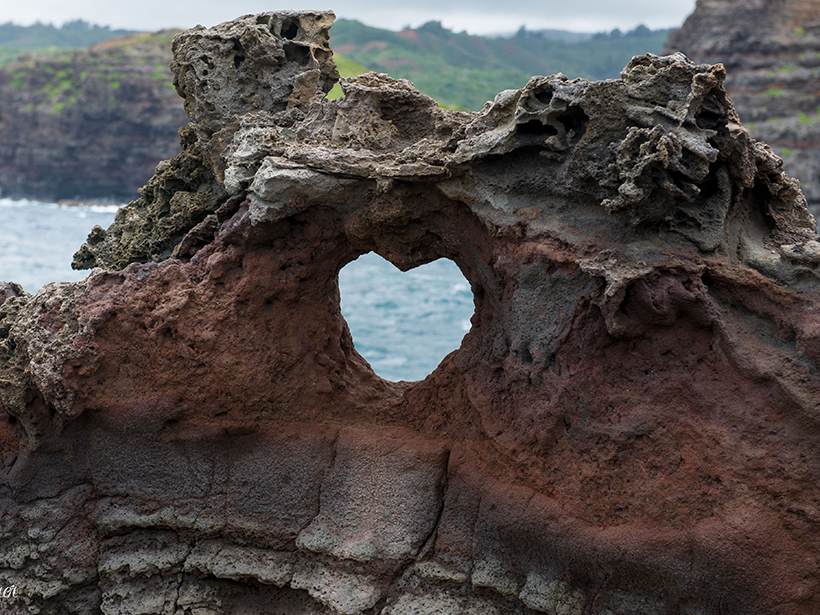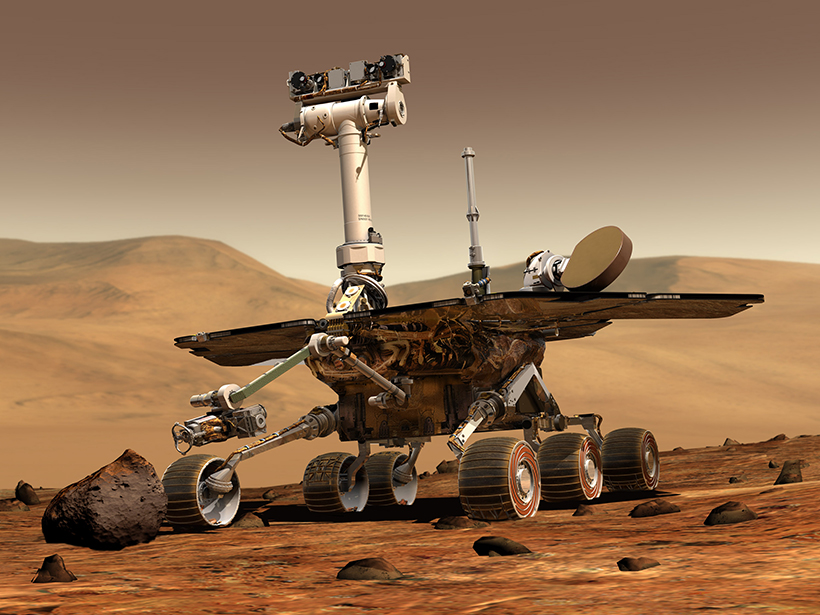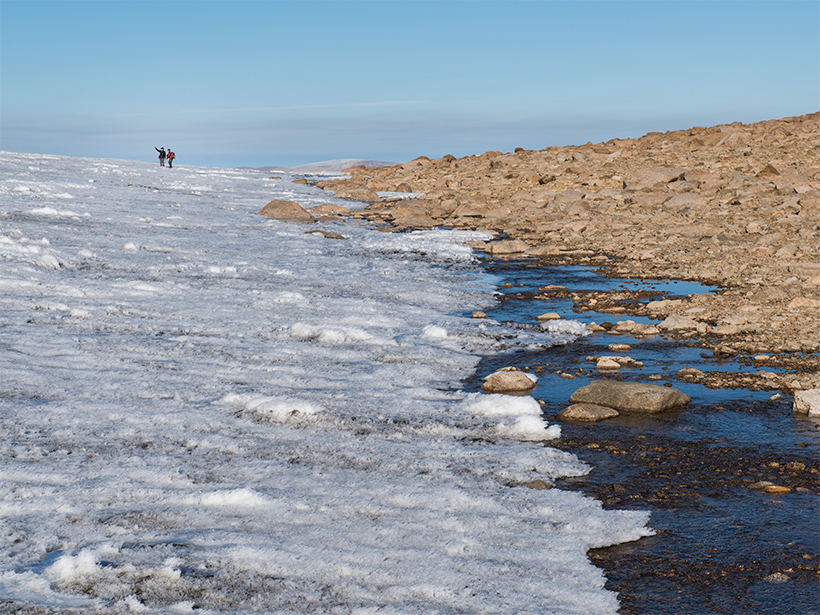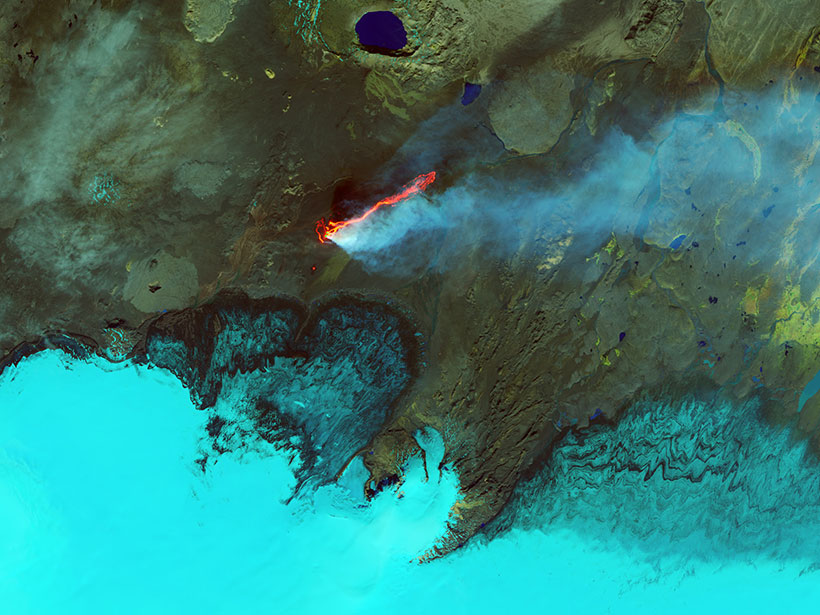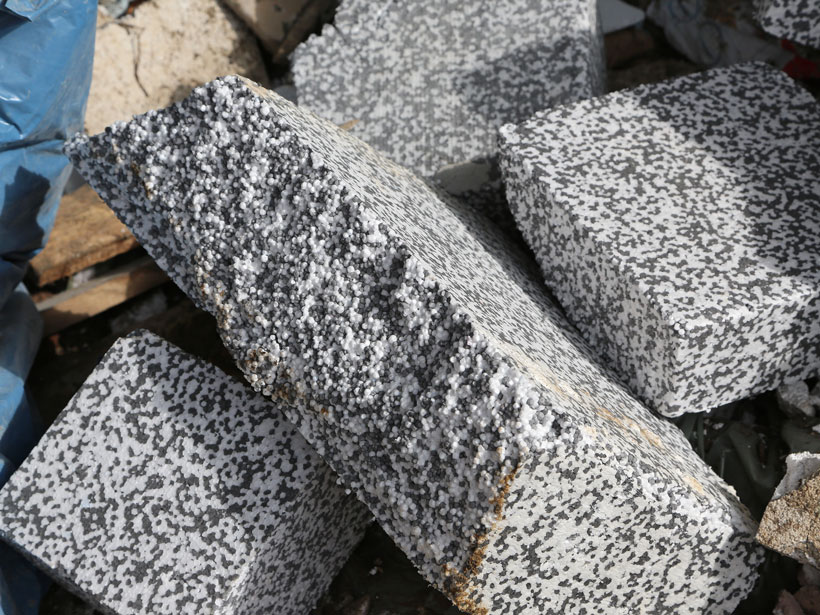Mars is red. The ocean is blue. Auroras glow bright, and Pluto loves you, too.
Kimberly M. S. Cartier
Kimberly M. S. Cartier, Senior Science Reporter for Eos.org, joined the Eos staff in 2017 after earning her Ph.D. studying extrasolar planets. Kimberly covers space science, climate change, and STEM diversity, justice, and education
Opportunity Rover Mission Complete
The rover explored Mars’s surface for nearly 15 years and discovered ample evidence of the planet’s wet history.
Modern Warming Is Undoing Millennia of Arctic Ice Cover
Plants and rocks at the edges of glaciers have been entombed in ice for more than 40,000 years. Modern warming, unmatched in 115,000 years, is now uncovering these landscapes.
Future Mars Rover Named for DNA Pioneer Rosalind Franklin
The rover will explore a once water rich region on Mars’s surface and search for evidence of current and past life.
Stroke Deaths Rise, Life Expectancy Falls with Polluted Air
The connection between poor air quality and higher stroke mortality was strongest in southern states across a region known as the “stroke belt.”
Apollo May Have Found an Earth Meteorite on the Moon
The meteorite may have been blasted off of Earth during an impact, mixed with lunar rocks, and brought back to Earth 4 billion years later by astronauts.
Earth’s Devastating Power, Seen by Satellite
Hurricanes, volcanoes, droughts, floods, fires, tsunamis: Satellites capture some of Earth’s most destructive forces.
A Meteor Struck the Moon During the Total Lunar Eclipse
Telescopes around the world detected an impact event on the lunar surface just before totality on Monday. Amateur and professional astronomers are starting to coordinate data.
“Eco-friendly” Flame Retardant May Have Eco-poor Breakdown
These flame retardants replaced earlier chemicals known to degrade into environmentally harmful by-products. The newer compounds may do the same thing.
Lander Gives First Look at Moon’s Farside
The mission aims to explore this relatively unstudied hemisphere and learn about its age, composition, and geologic history.

